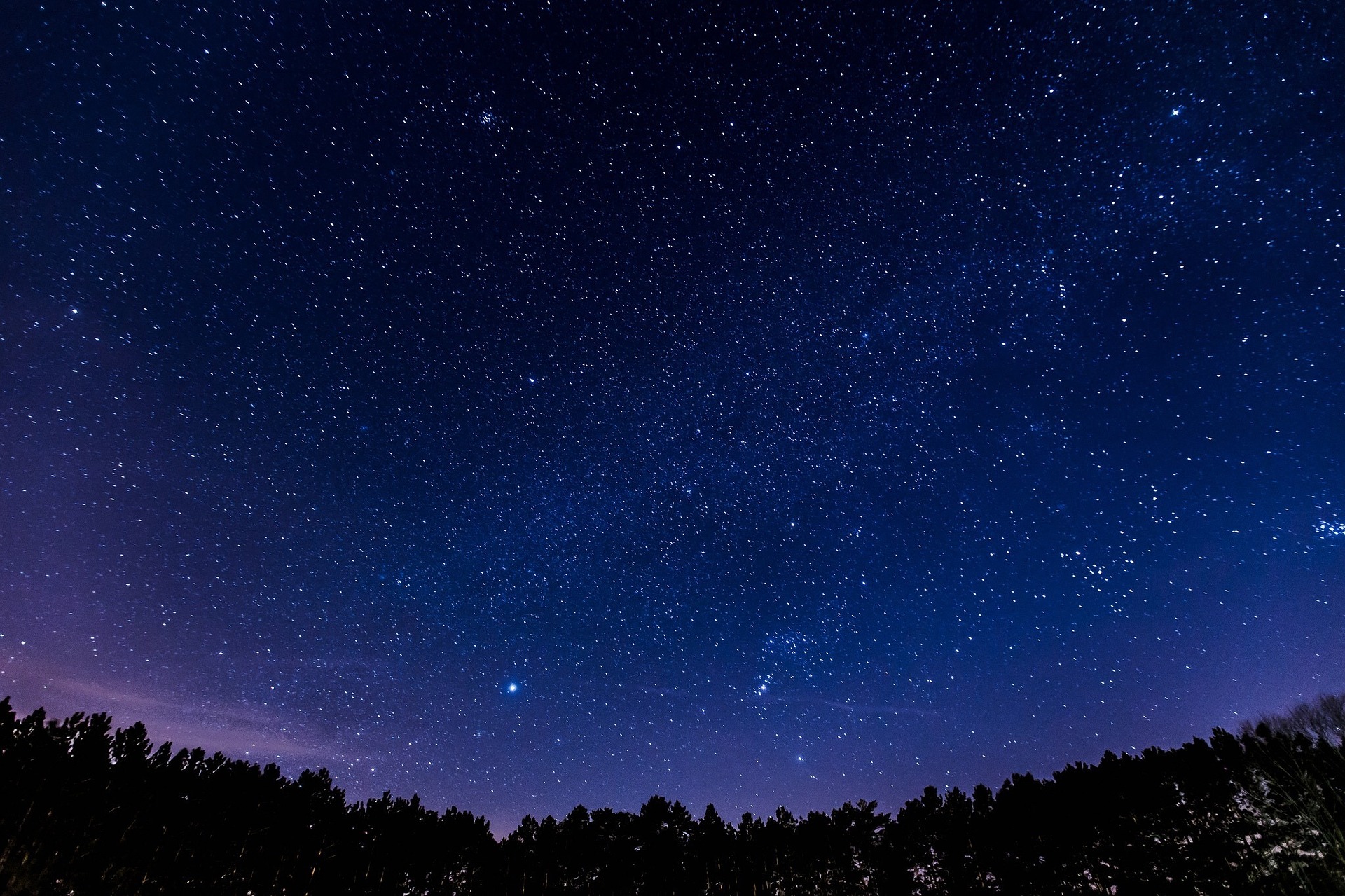Some constellations are easier to spot than others and if you’re new to stargazing, you’ll be wanting to know which stars in the night sky will be most visible to the untrained eye. Here is our guide to some of the best constellation searches for beginners, including key facts, where to go, and when.
Ursa Major (The Great Bear)
(Image: Decoding the Night Sky by Travel Supermarket)
The Big Bear is the largest constellation in the Northern Hemisphere (and the third largest constellation in the sky). Within Ursa Major, there are also two other well known constellations. These are The Big Dipper and The Plough.
Where: Yellowstone National Park (in particular Mount Washburn or the Upper Geyser Basin).
When: All year round, with best visibility in spring when it’s high above the northeastern horizon.
Tips: High is best for spotting, but if it’s low on the horizon, look out for the shape that resembles a bear running along the ground on all fours.
Ursa Minor (The Little Bear)
(Image: Decoding the Night Sky by Travel Supermarket)
Ursa Minor is another constellation that can be easily spotted in the Northern Hemisphere. It incorporates The Little Dipper.
Where: Visit Exmoor National Park in England, Europe’s first ever Dark Sky Reserve.
When: Can be seen all year round in the Northern Hemisphere.
Tips: Spot The Little Bear by finding the distinctive North Star (Polaris), which has medium brightness and sits at the end of the dipper’s handle.
Cassiopeia (The Seated Queen)
(Image: Decoding the Night Sky by Travel Supermarket)
Cassiopeia is a constellation with links to Greek mythology, being named after the queen who was banished to the skies for being boastful and vain. Her head is always facing the North Star and in rotation, she spends half the night upside down.
Where: Head to Quebec’s Mont-Mégantic National Park in Canada. It is considered to be one of the darkest places in the world, ideal for stargazers.
When: Another constellation that can be spotted throughout the year, with maximum visibility in November.
Tips: Watch out for the ‘W’ shape, which is one of Cassiopeia’s biggest giveaways.
Centaurus (Centaur)
(Image: Decoding the Night Sky by Travel Supermarket)
The Southern Hemisphere offers spectacular views of some of the brightest galaxies, including constellations like Centaurus. Which is a half-man, half-horse creature seen holding a lance. Legend has it that he is linked to Hercules and Achilles.
Where: Get out in the open at Ayers Rock / Uluru in Australia or the Aoraki Mackenzie Dark Sky Reserve in New Zealand.
When: Best seen from the months September to March.
Tips: Centaurus himself isn’t always easy to spot, so look out for Pegasus (The Winged Horse) instead.
Carina (Ship Keel)
(Image: Decoding the Night Sky by Travel Supermarket)
The constellation of Carina originally formed part of a much larger constellation called Argo Navis, which was a ship belonging to Jason and the Argonauts. Later this was divided into three smaller constellations by French astronomer Lacaille in the 1700s. These are Carina (The Ship Keel), Vela (The Sail) and Puppis (The Poop Deck).
Where: Cape Town in South Africa provides top stargazing opportunities. Many tours leave from the capital to remote areas such as The Cederberg.
When: Carina can be seen in the sky throughout the seasons, but is most visible in March.
Tips: Keep your eyes peeled for the twinkle, as this constellation contains the second brightest star in the sky, Canopus.


